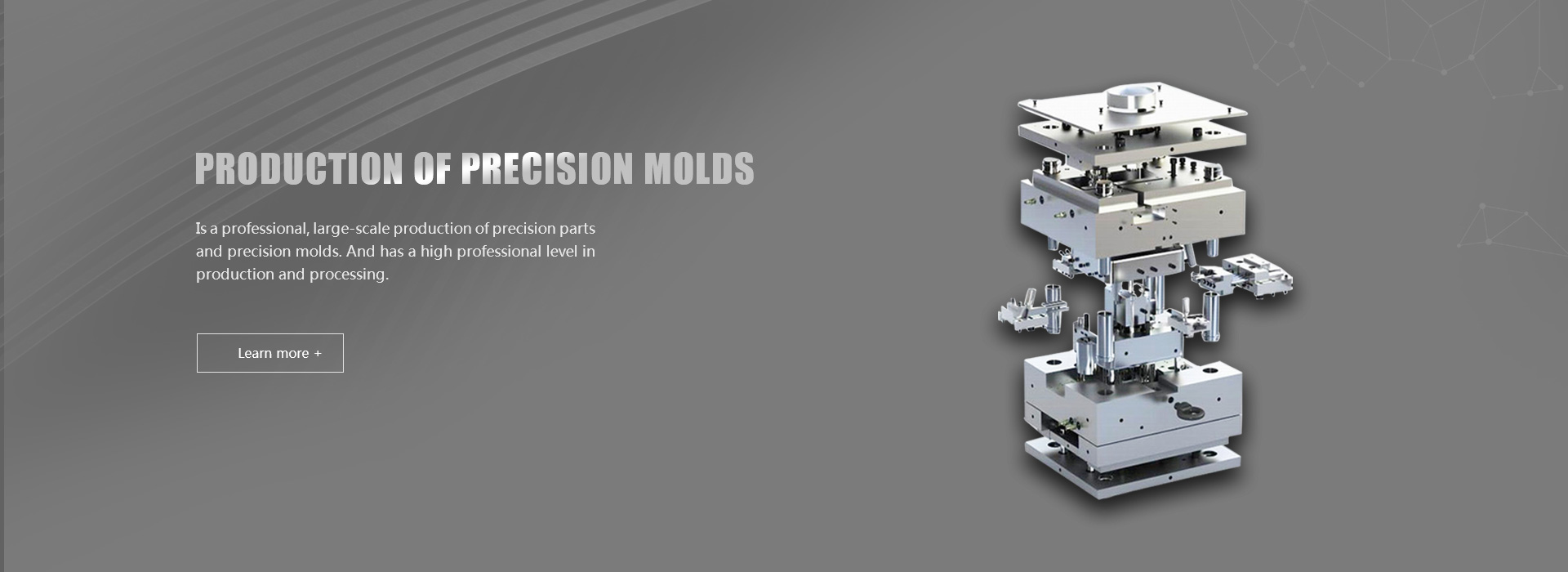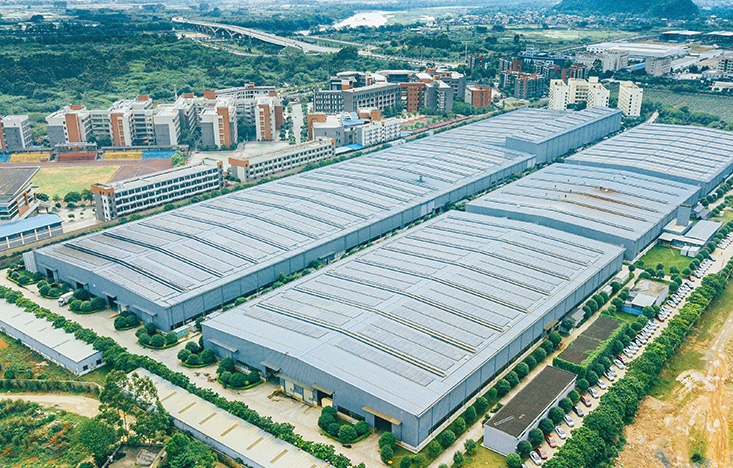
Mold manufacturing refers to the manufacturing of molds for metal casting, molds for mineral materials, molds for rubber or plastics, and molds for other purposes. The mold industry is commonly known as the "mother of industry". From focusing on single workshop production to nowadays with many brands, the quality and quantity of molds in my country have made a very big leap.
In recent years, with the rapid development of my country’s national economy and the increase in people’s income, the consumer market’s demand for consumer goods such as automobiles, communications, electronics, and home appliances has increased rapidly, making these industries enter a stage of rapid development, which has also become the rapid development of my country’s mold industry. An important driving force for development.
According to statistics, the total output value of my country's mold industry from 2010 to 2019 is on the rise. In 2019, the total output value of my country's mold industry is about 290 billion yuan, an increase of 4.92% year-on-year. It is expected that by 2020, the total output value of my country's mold industry can reach 3043 100 million yuan.
Mould 9
0.00
Mold manufacturing refers to the manufacturing of molds for metal casting, molds for mineral materials, molds for rubber or plastics, and molds for other purposes. The mold industry is commonly known as the "mother of industry". From focusing on single workshop production to nowadays with many brands, the quality and quantity of molds in my country have made a very big leap.
In recent years, with the rapid development of my country’s national economy and the increase in people’s income, the consumer market’s demand for consumer goods such as automobiles, communications, electronics, and home appliances has increased rapidly, making these industries enter a stage of rapid development, which has also become the rapid development of my country’s mold industry. An important driving force for development.
According to statistics, the total output value of my country's mold industry from 2010 to 2019 is on the rise. In 2019, the total output value of my country's mold industry is about 290 billion yuan, an increase of 4.92% year-on-year. It is expected that by 2020, the total output value of my country's mold industry can reach 3043 100 million yuan.











